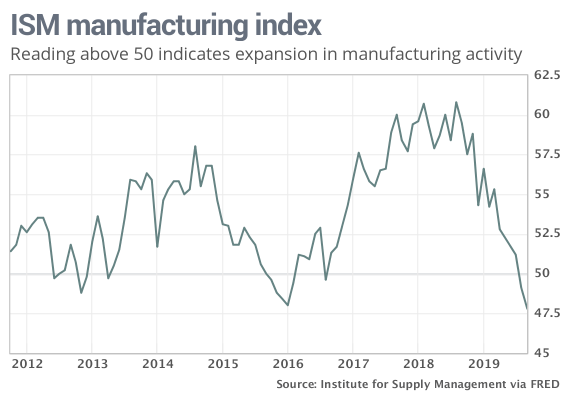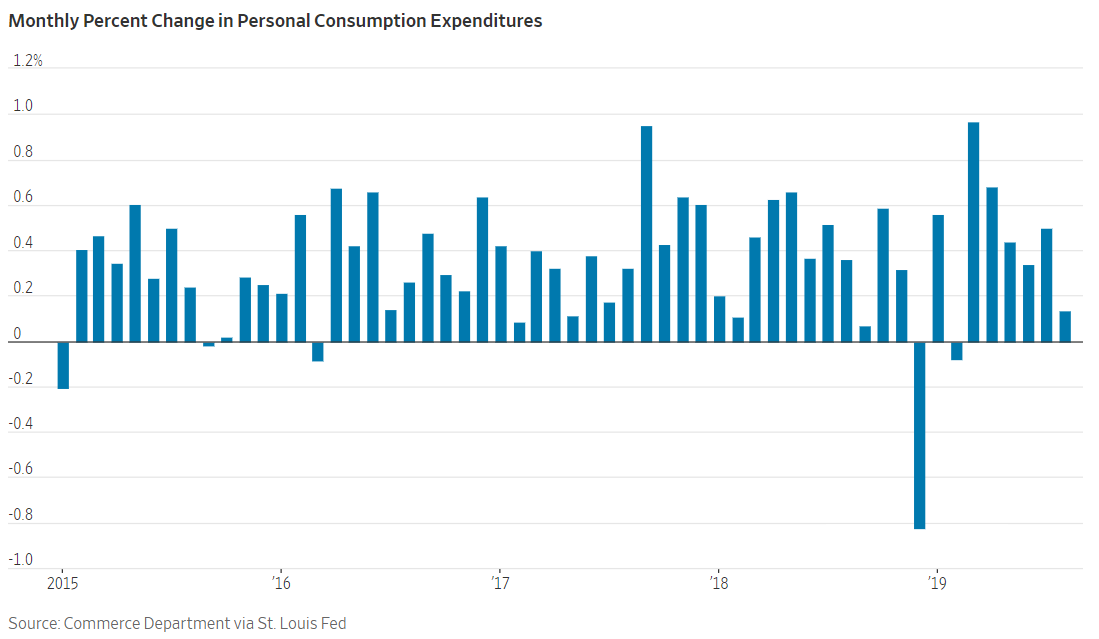If making rationale an actionable sense of the current global financial situation is extremely difficult  for professionals who do it for a living, it is near impossible for the typical business professional who is managing budgets, making forecasts, and working to stay one step ahead of the competition to understand it and then use the understanding to make the right business decisions for their companies and their careers.
for professionals who do it for a living, it is near impossible for the typical business professional who is managing budgets, making forecasts, and working to stay one step ahead of the competition to understand it and then use the understanding to make the right business decisions for their companies and their careers.
Today’s news is filled with a lot of data, different takes in the same story, and unfortunately too much of it has taken on political perspectives that can be called manipulative at the very least, and propaganda at its most severe. For readers of my blog, I have stated on many occasions I have no political agenda and try hard to present information and thoughts in an unbiased way that supports the our vision of helping world business leaders develop their business acumen, business leadership, and strategic business selling skills through business simulation-centric learning. Many of our more than 6,000 subscribers are former participants from our various programs so this information is presented in a way that is follow-up and reinforcement.
The Latest News and Insights
4th Quarter Anxiety
It’s the first week of October which is a milestone week because it’s the first week of the 4th quarter. That means corporate CEO’s have a good line of sight into how 2019 is going to end up and if they believe we are heading into a recession, then they will begin to cut back on spending, hiring, bonuses, and other growth factors. It seems almost inevitable that weak leaders will hit the panic too soon which could then trigger the full recession.
The Manufacturing Sector is in a Full-Blown Recession
Before I get into the gory details, it’s important to note that the manufacturing sector now accounts for only 10% of the US Economy. People 50 years and older will remember when it was about 25% of the Gross Domestic Product (GDP) in 1975 so the natural inclination is to go into panic mode when the manufacturing sector contracts. So you have to remember, this is a very different economy!

In the latest data released October 1, 2019, we’ve seen the biggest contraction in manufacturing since the great 2008 recession. Unfortunately, the easy answer is to blame 1) other economies who are not as strong and 2) the US-China “trade war.” The reality is – no matter what your politics are – is that before the Trump administration engaged with China the US economy was on a path to implosion because we simply couldn’t help ourselves. It’s the same concept as climate control, all the data is there, but nobody wants to do anything about it. The current administration is trying to create not only balance and fairness, but sustainability for the long-term health of our economy because if imports continue to dwarf exports, we will reach a tipping point of no return where the wealth of this nation will no longer reside here.
Consumer Spending
Consumer spending is now the primary driver of the health of the US economy. The latest data shows that it is still growing, but the growth rate in August was the lowest in 5 months. The conclusion is that consumers are still spending, but in different ways and we can clearly see there is some worry and potential slowdown.

But this is also the point of the conversation where the manufacturing situation intersects with the consumer spending situation. The fact is consumers are buying fewer cars and cars make up a large amount of the manufacturing sector which makes total sense. Here are a few reasons why consumers are buying less cars:
- Cars are better built, safer, and last longer
- Used cars hold their value and are better deals than new cars
- Millennials live in urban areas and don’t want to drive and pay for parking
Interest Rates
If the country is going to do the right thing for both the short-term (stay out of a major recession) and the long-term (find a fair balance of global trade with Chin and others) it is fair to assume that the Federal Reserve Board must lower interest rates to stimulate the economy. Lowering interest rates will stimulate mortgages, the housing market, and consumer consumption. For some reason – some claim it’s politically driven – the Fed has been slow to react which is causing even more concern and again plays into the self-fulfilling prophesy of a recession right before the 2020 election.
Business Acumen Conclusions
It’s going to be a bumpy 4th quarter as real economic issues and political pressures meet to the feet of business organizations and consumers. I think business leaders should stay the course and be confident that the economy is strong and can remain robust with a few tweaks and the belief that things are good.



